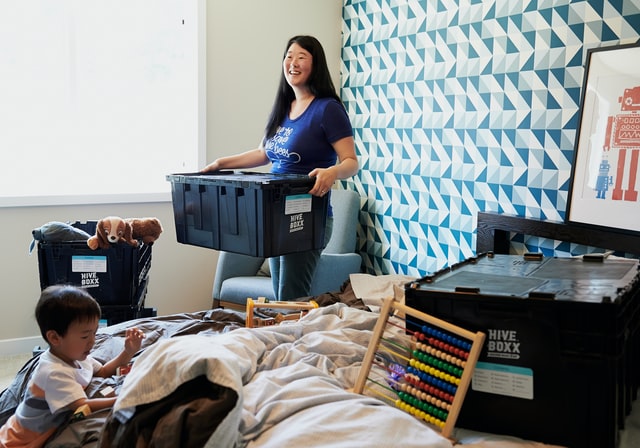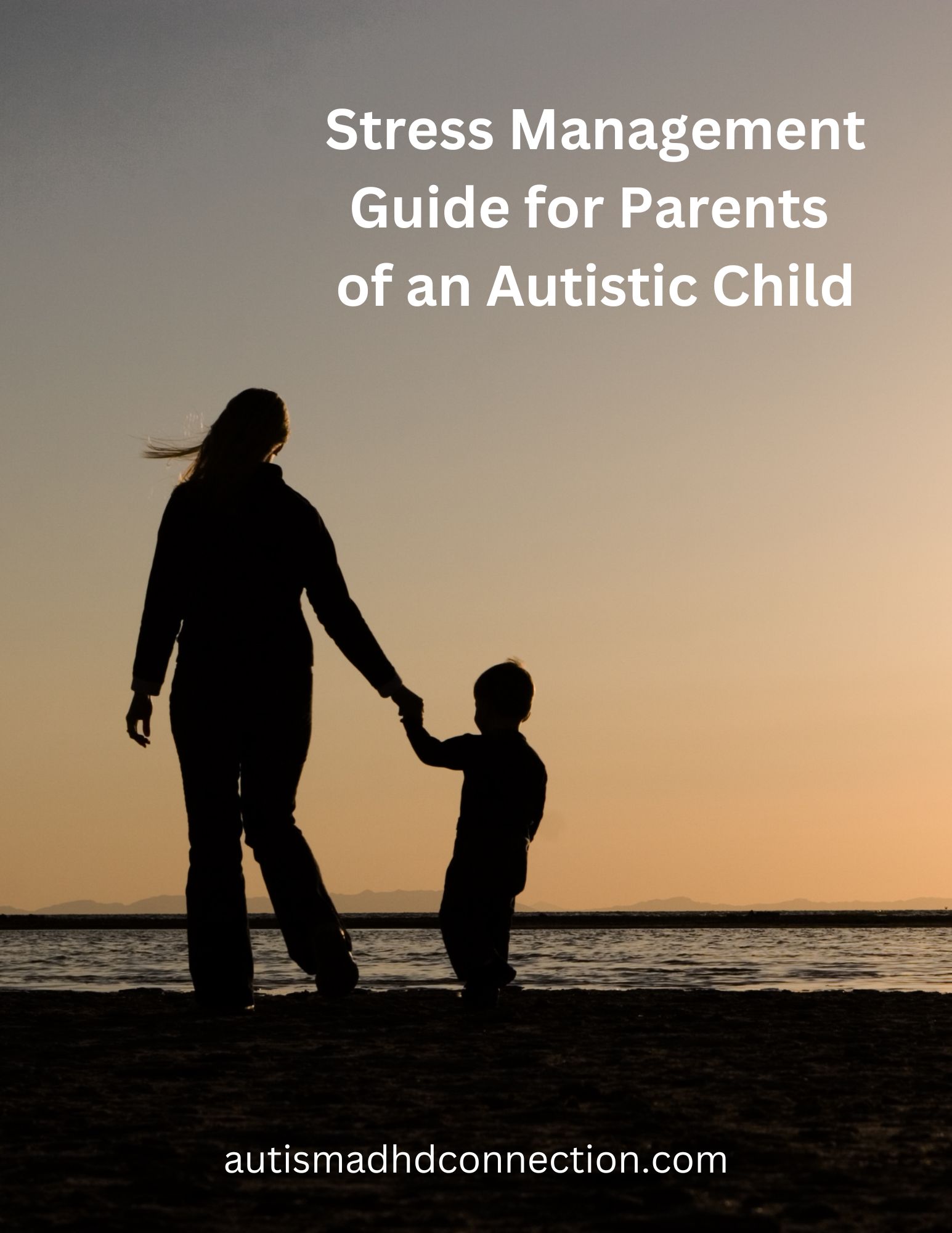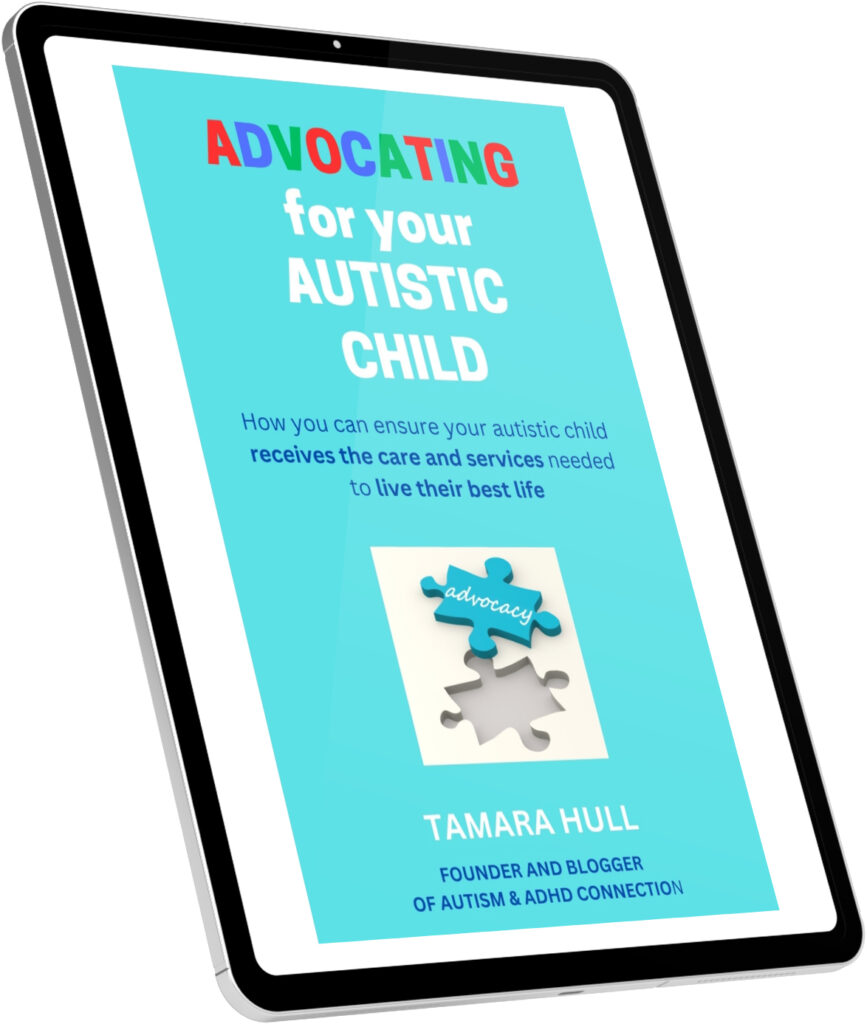Moving to a new home is a significant event for any family. However, it can be both exciting and unsettling when you have a child with autism and ADHD. So much of their lives depend on routine and the feeling of being safe at home. So how can you prepare your child with autism and ADHD for moving?
We have moved to a new home only once since our son J was born, and he was 14 years old at the time. He loved his bedroom at our old house, and he liked that he was familiar with the neighbors and everyone around us. Fortunately, he did like the new house we were purchasing, so that made it a little better. While he was excited about the move, he was also apprehensive. I definitely used many of the tips below to help him get ready for the move, both emotionally and physically. It helped a great deal, and our move overall went well.
Check out these 10 tips to prepare your child with autism and ADHD for moving.

1. Discuss the move and reason for the change with your child
It’s important to give your child plenty of notice before the move. This one can be a little tricky. If your child is older and tends to like new adventures, then give them as much notice as possible. It would even be good to include them in the process of looking at new homes and giving their opinions about which houses they like. If they are younger or likely to be very upset by the change, then you will need to decide what is the best timing to let them know of the upcoming move.
Also, talk about the reasons for the move. Are you relocating for a job? Have been laid off from a job so you need to downsize your home? Are you ready for a bigger home or now have the financial ability to move to home in a better school district? Use a Social Story™ if you think that will be helpful for your child.
2. Develop a calendar of key events
Moving to a new home involves so many steps and milestones. Creating a calendar (or marking them on a family calendar) can help your child (and you!) keep track of the next big step coming up. This can help your child reduce their anxiety about the move and feel more in the know about what is happening.
3. Let your child help with packing their belongings
Help your child feel part of the moving process and have a sense of ownership by letting them help pack their own belongings. Before you start packing, have your child go through their toys and other belongings to see if there is anything they no longer want. You can donate toys, clothing and other items to your local Goodwill or other charity. You could sell books at a local used bookstore and put the money in their saving account or give it to them for give, save and spend jars.
Also, be sure to use a special color label or marker color to label their boxes. Make sure that you pack their favorite items last since they may need to have a few of them with them on the day of the move.
4. Have a “comfort kit” for your child for the day of the move
Speaking of favorite items, be sure to pack a bag of those for the day of the move. Also, include snacks they love and anything else you think they may need for that day. It’s going to be hectic, so you want to ensure your child has what they need to stay as calm as possible throughout the process.

5. Talk to your child’s school about IEP transfer
Once you know which school your child will be transferring to, reach out to your child’s current school to discuss the transition of their school records and individualized education plan to the new school. If you are moving to a new state, understand the state’s education requirements (especially if your child is in high school).
6. Make plans for moving day
Moving day will be quite chaotic. Therefore, if your child is young, will be upset by the change in routine or will just need too much of your attention and care, it may be best to either hire a babysitter or ask a family member or friend to watch your child for the day.
Teenagers, older children or those who are generally excited about the move may want to help. Our son J helped us a great deal on the day of our move. He even helped the movers 😊 For him, it was important that he was part of the activities that day and the days before when we were cleaning the new house.
Safety is a high priority for your child, so be sure you have a plan to keep your child with autism safe on moving day.
7. Explore your new neighborhood or city ahead of the move
Whether you are moving to a new neighborhood or a new city, take some time as a family to explore the area. Here are some ideas:
- Stroll through your new neighborhood or drive through the countryside if you are moving to a rural area.
- Visit the playground at the new elementary school if your child is younger.
- Go to the local grocery store and other places you will frequently visit with your child.
- Check out any fun venues that are in the area.

8. Meet your new neighbors
It would be helpful to meet some of your new neighbors right before or as soon as you move into your new home. Our son J enjoyed talking to our new next-door neighbors on the first day when we had possession of our home. We had a few days to clean and move some stuff into our home before the big moving day with all of our furniture, etc.
9. Create a plan for settling into your new home
It’s important to have a plan for settling into your new home as quickly. Routines are so important to children with autism and ADHD, so the faster you can get back into your child’s routine the better. Of course, some things will change, but try to keep whatever you can consistent with their old routine.
Here are some suggestions for how to help your child with autism settle into their new home after moving:
- Make setting up your child’s room first a priority.
- Try to replicate the set up of their old room as much as possible. Because of where doors, windows and closets are located, it may not be exactly the same, but it will help if it’s similar.
- Plan to make your child’s favorite dinner as soon as you can after you’ve moved in. I realize it may take a day or two to locate and unpack all the kitchen stuff 😊
- Invite some friends over for an unpacking party if you moved nearby and if it will ease your child’s anxiety to know they still will get to see their friends.
- Teach them their new street address and have them memorize it.
- Drive the route to their new school and arrange for them to visit the school before their first day of classes.
- Create similar sensations such as using a sound machine at night and having similar air fresheners (if you use them) in the home.
10. If you don’t already have one, make a “meltdown kit” ahead of time for moving day
A big change and chaotic activities during moving could trigger a meltdown in your child with autism due to sensory overwhelm. Have a “meltdown kit” with you in case it happens. Meltdown kits may be different than the comfort kit since a meltdown kit will specifically have items in it to help with sensory overload. This could include a favorite toy or stuffed animal, weighted blanket/vest, headphones/ear plugs, sunglasses or anything else to help calm your child.
Moving to a new home is a big step for your family. Give your child with autism and ADHD time to adjust after moving. It takes us all a while to get used to changes in routines, new places and new people around us.
Do you have experience with moving your child with autism and ADHD? What suggestions do you have to make it easier? Leave a comment so that we can support and encourage one another!








